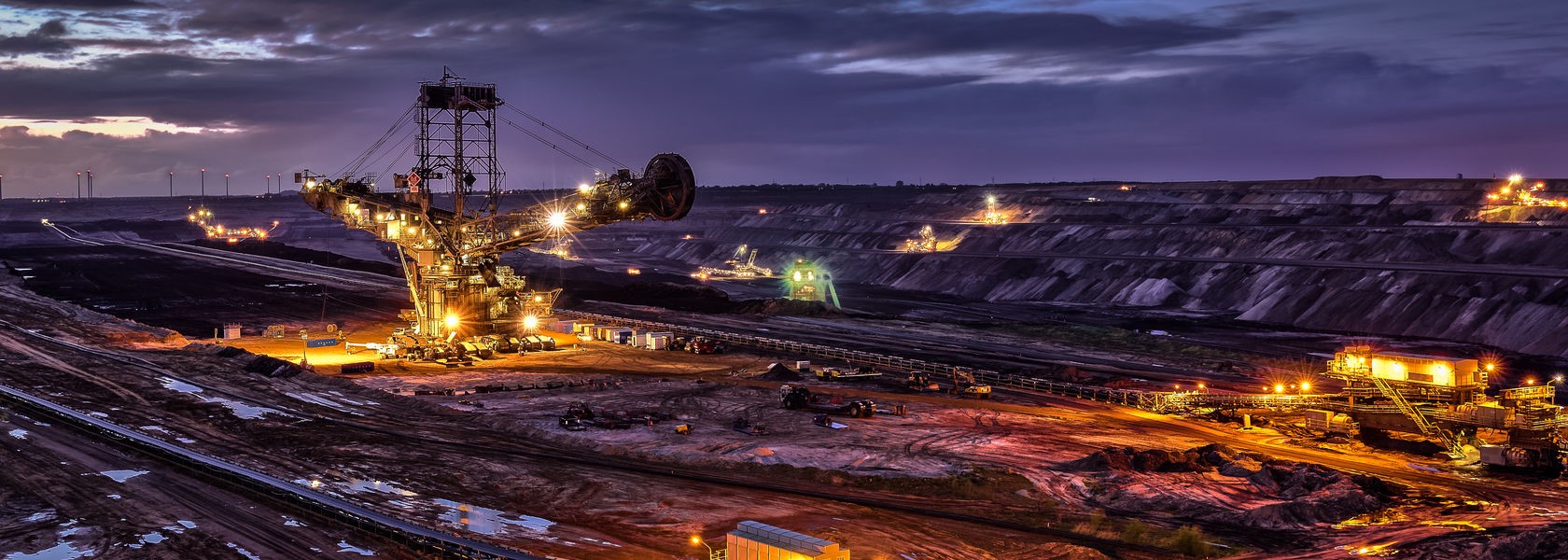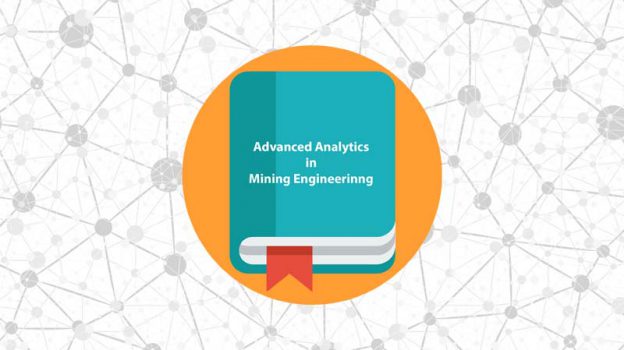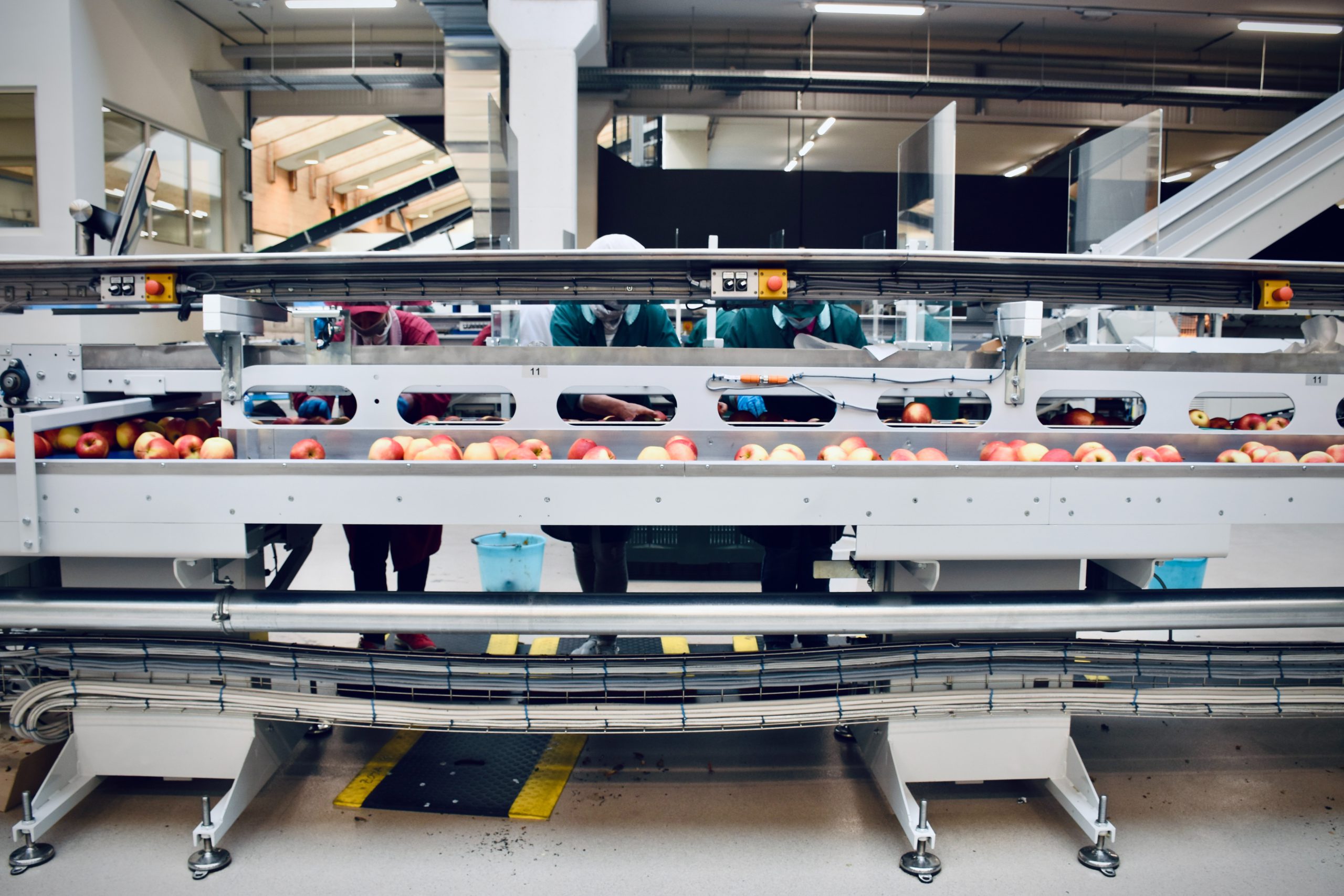
CHAPTER DESCRIPTION
In the globalized market environment, increasingly significant economic and environmental factors within complex industrial plants impose importance on the optimization of global production indices; such optimization includes improvements in production efficiency, product quality, and yield, along with reductions of energy and resource usage. Mineral processing plants are one of the most data-rich parts of any mining operation. Historically, process analysis and optimization have been undertaken by skilled operators and metallurgists, experienced in monitoring fluctuations in behavior. However, this relies heavily on the presence of highly skilled people with sufficient experience in the operation to interpret results. Data from individual unit operations is often used in this process to support hypotheses, but the capability to use integrated data sets from across the operations has not been available. The development of advanced data analytics techniques, deep learning, machine learning, and artificial intelligence now means that the tools are available in mineral processing to better use the data. In recent years advances have been made in the development and implementation of tools such as Digital Twins, and today we will explore how those can be used to drive genuine improvements. This chapter presents the application of advanced data analytics in crushing, milling, grinding, classification by screens and cyclones, gravity concentration and medium-heavy separation, froth flotation, magnetic and electrostatic separation, and dewatering.
CHAPTER CONTENT
- Introduction to Mineral Processing
- Crushing, Milling, and Grinding
- Classification by Screens and Cyclones
- Gravity Concentration and Medium Heavy Separation
- Froth Flotation
- Magnetic and Electrostatic Separation
- Dewatering
- Summary







